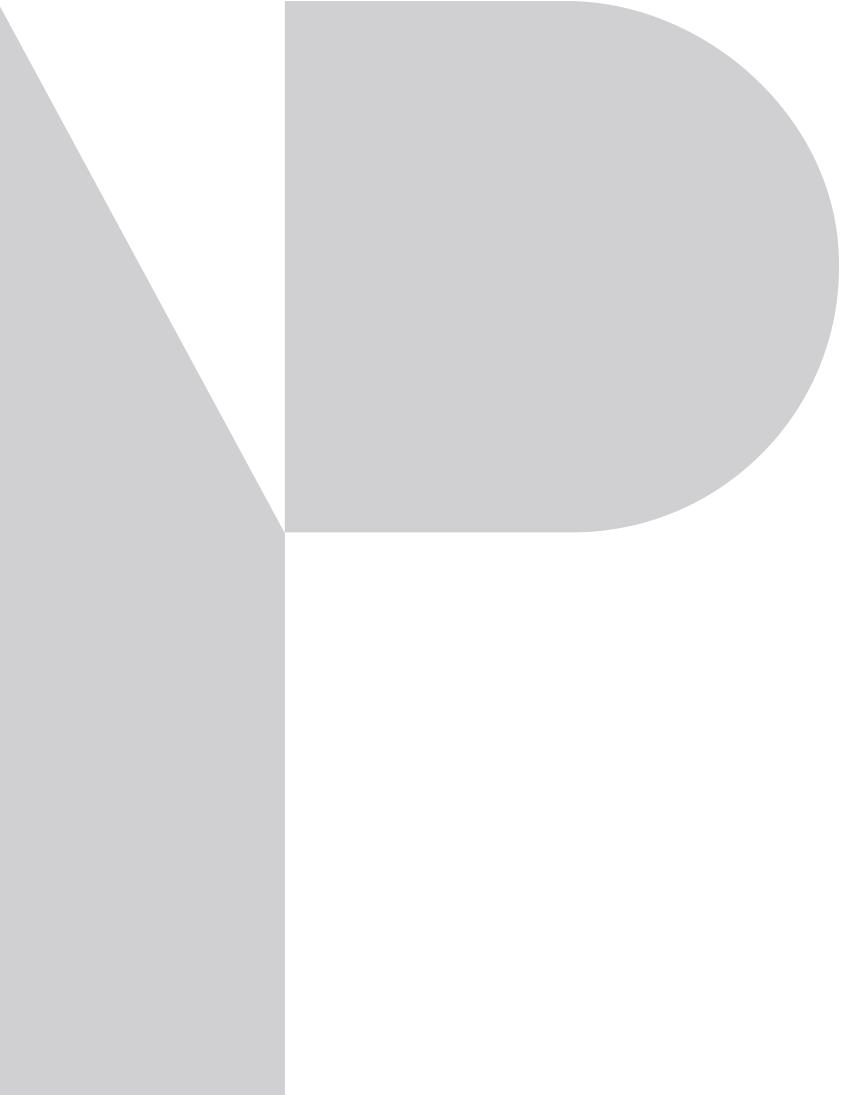We recently attended the 2017 International Builders Show in Orlando, Florida as a guest of Ring's End. Sponsored by the National Association of Home Builders, here are a few of the products and technologies that caught our eye:
Viega In-Wall Toilet Carriers: Viega has come out with their own line of in-wall toilet carriers that are supposed to compete with Toto and Gerberit carriers. Viega has designed the carrier to be compatible with several other toilet bowl brands, including Duravit and Toto. All the valve guts are located in the top of the tank, so everything is removable through the push plate opening. With the carrier they've released a variety of push plate options that are less expensive than their competitors. Designed to lay proud of the wall, they do not currently have a mounting flange that would allow the plates to lay flush to the tile surface. Below is a picture of the display with most of the available options, though they come in a variety of finishes.
Uponor PEX Sprinkler Systems: Uponor featured a residential sprinkler system that uses PEX and third-party sprinkler heads as part of a sprinkler system that is linked to the main domestic plumbing system. The 2015 IRC includes a requirement for one- and two-family homes to have sprinkler systems. New York is operating under the 2015 code, but they removed the sprinkler system requirement in their amendment. Most Connecticut municipalities are enforcing the 2013 IRC with 2015 Amendments from Connecticut, so it is not a requirement yet. Massachusetts requires sprinkler systems for any single or two-family home over 14,000sf. Uponor is pushing this system as a cost-effective alternative to traditional residential systems because: 1] The piping is off the same domestic water system so it minimizes piping runs through the house. 2] The water is constantly circulating as the domestic water is being used, so you never have stale water that could cause staining (particularly better than using cast iron). 3] Eliminates the need for backflow preventer. 4] The PEX system doesn't need elbows and fittings like the CPVC does, enabling a more flexible and adaptable installation. 5] The sprinkler heads have to be lead-free press fit connections so they can be used as part of the domestic plumbing.
Questions remain regarding who performs the installation (whether it can be any plumber or if they need to be a licensed fire suppression contractor), but it seems to have a cost-saving potential for someone who wants a less expensive whole house system, or some additional peace of mind in limited areas of the home. We also have no data regarding how the PEX material performs in comparison to CPVC in terms of heat during a fire, and whether or not it's an acceptable alternative for municipalities.
DXV 3D Printed Faucets: Really cool! They're most impressive with the water running, so here's a video:
IBHS Fortified Homes: There is a new certification program offered by the Insurance Institute for Business & Home Safety that's called Fortified Homes. It is supposed to incorporate different construction and material standards in order to guarantee that the construction is disaster resistant. There are several levels of certification (similar to LEED) depending on certain design and construction standards. However, some insurance companies are providing discounts for the rating. The downside is that it isnt a lifetime rating, but needs to be renewed every 5 years with a fee. Read more here.
The general theme of the show revolved around engineered framing lumber and fire safety. There are a number of new fire-retardant framing materials being released, as well as various systems meant to increase the fire resistance of wall and ceiling and floor assemblies. It sounds like there will definitely be some code changes in the next few years regarding the rate at which engineered lumber burns.





